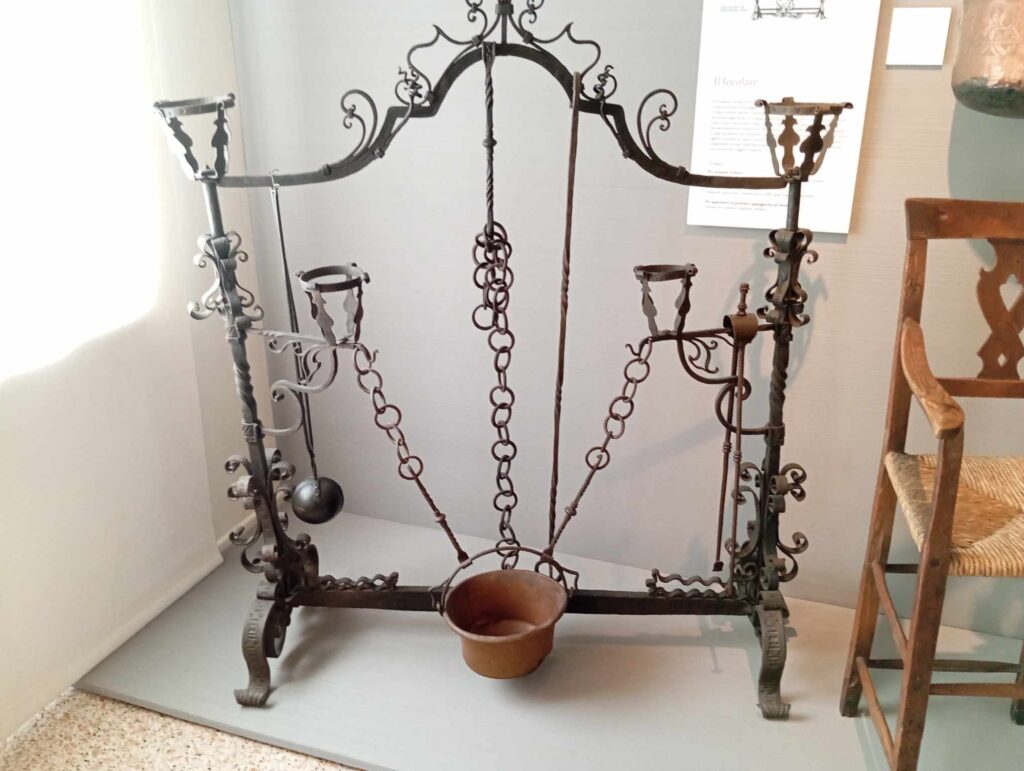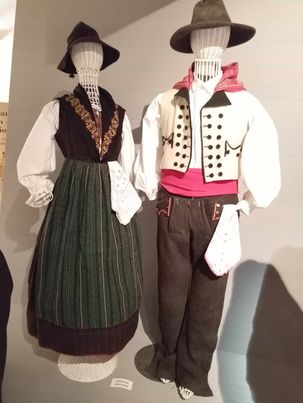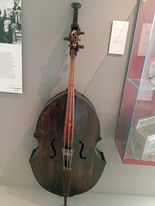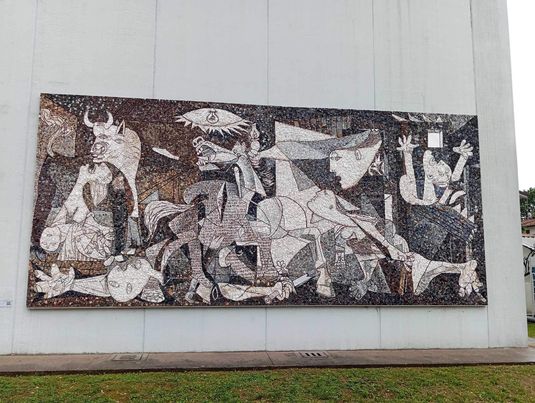People, history and heritage
During our stay in Italy, we stayed mainly in the Friuli Venezia Giulia region, and we spent especially a lot of time in the city of Udine and its surroundings. While there, we managed to get to know both the people and the culture of this region.
During our visit to the Friuli Ethnographic Museum, we had the opportunity to hear about the traditional construction of Friulian houses, where the most important place was the “fogolâr”, i.e. a fireplace placed in each kitchen. The fire was the heart of the home, where people warmed themselves and prepared food. Based on the number of fogolârs, it was possible to estimate the number of people living in the region.
The religious organizations dominant in the Friuli-Venezia Giulia region were the so-called “brotherhood”. They were intended to help others by feeding them, etc. All brotherhoods were closed by Napoleon Bonaparte after his arrival in Italy. Speaking of religion, we can also mention the beliefs of the inhabitants of the region in the power of water. According to them, vine bushes sprinkled with holy water were supposed to be protected from storms, which apparently even worked.
The Friuli region has many great people in its history, but one of those who deserves special recognition is Arturo Malignani. He was the inventor who improved Thomas Edison’s light bulb. For a time, Udine was the best-lit city after London. Edison bought his patent and distributed it.
Interestingly, Malignani’s father was a photographer during the 1910 events at 1st of May Square, where a fashion show was held in which one male-female pair from each city in the region took part. This show was organized to select the most beautiful folk costumes in the region. These clothes were most often made of wool, linen, silk and hemp.
When talking about culture, we cannot fail to mention folk music. This type of art in this region was influenced by Slovenian and Austrian trends. The artists played various instruments, but the main parts were played by the accordion, guitar and double bass. The crowning example of local music are the songs by the trio pakai, “Al cjante il gjâl” (The rooster sings), “Oh ce biel cjistiel a Udin” (oh, what a beautiful castle in Udine).
In Spilimbergo we can see beautiful mosaics, i.e. paintings made of colorful stones and pieces of glass. The works created there are appreciated all over the world.



